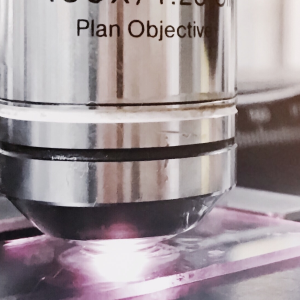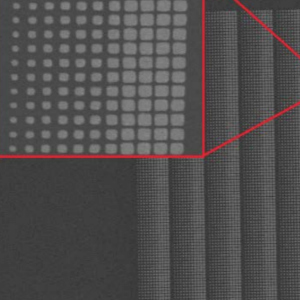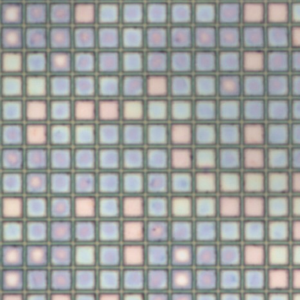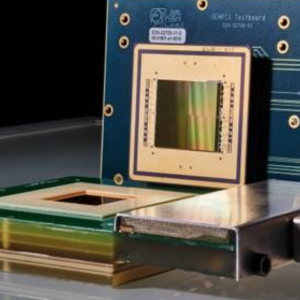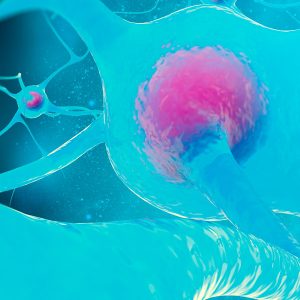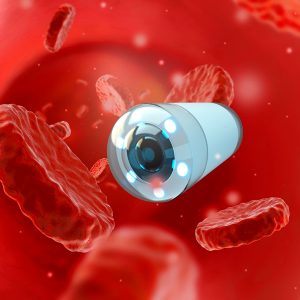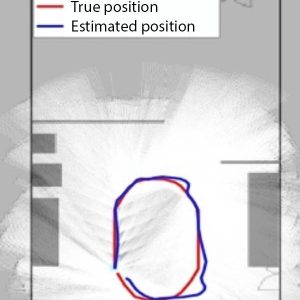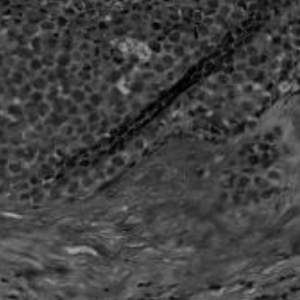Hardware trojans (HT) impact our everyday life and may even cause life threatening situations. Unlike other errors and malfunctions, Trojans are inserted deliberately. Apart from insider attacks, the economically driven outsourcing of production steps to third party contractors enlarges the attack surface dramatically. Ideally, any undesired modification made to an IC should be detectable by presilicon verification/simulation and post-silicon...
This website uses cookies so that we can provide you with the best user experience possible. Cookie information is stored in your browser and performs functions such as recognising you when you return to our website and helping our team to understand which sections of the website you find most interesting and useful.


